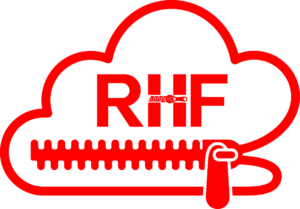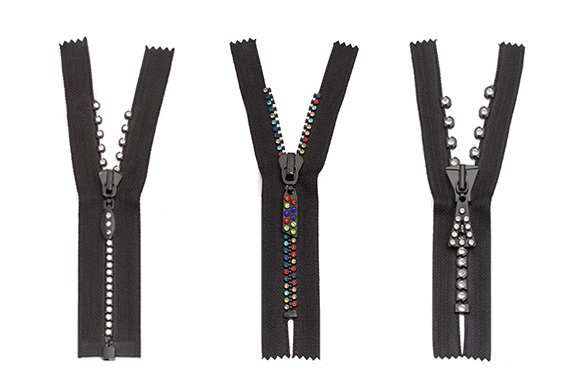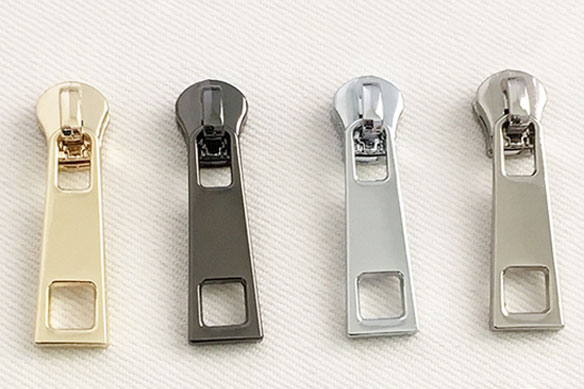Introduction
With Trump-era tariffs still in effect in 2025, sourcing clothing and bags from China has become increasingly expensive for American brands. In response, many companies are turning to Vietnam—not only for its lower tariff rates, but also for its growing manufacturing infrastructure, competitive labor costs, and international trade agreements.
But making the switch isn’t as easy as it sounds. While Vietnam offers great potential, finding a reliable, high-quality manufacturer for apparel and bags can be a complex process—especially if you’re working remotely or sourcing for the first time. This guide walks you through where to search, how to vet suppliers, and what to look out for to ensure a smooth OEM partnership.
1. Where to Start Your Search
Finding the right Vietnamese factory starts with knowing where to look. Fortunately, there are several reliable platforms where global buyers can connect with local manufacturers. Below are three of the most effective sources:
A. Vietnam Yellow Pages
https://www.yellowpages.com.vn is Vietnam’s official B2B directory. Unlike Alibaba or Made-in-China, this site focuses specifically on Vietnamese businesses and is available in English, making it a powerful tool for foreign buyers.
The page will provide company details, product descriptions and contact information. This allows buyers to quickly identify whether the factory specializes in producing clothing, handbags or other textiles.
🔍 Note: Many Vietnamese OEMs focus on production, while components like zippers can still be specified to be sourced from China. This is especially important for maintaining quality consistency. Our company, RHF Zipper, works closely with several apparel and bag manufacturers in Vietnam, providing high-quality custom zippers that meet global standards.
B. Alibaba (with a Vietnam Filter)
Although Alibaba is best known for Chinese suppliers, it also features many Vietnam-based manufacturers. To make your search more effective:
- Use location filters and keywords like “Vietnam clothing manufacturer”
- Look for “Verified Supplier” or “Trade Assurance” badges
- Check factory audits, certifications, and sample reviews
- Be cautious of suppliers who claim Vietnamese presence but operate production elsewhere
C. Trade Associations and Sourcing Fairs
Beyond online platforms, some of the most trusted sources are industry associations and events:
- VITAS (Vietnam Textile & Apparel Association) – offers directories of certified members and industry insights
- SaigonTex / VietNam Expo – annual trade shows where you can meet manufacturers, inspect product samples, and build direct relationships
📊 Table: Top Online Platforms for Finding Clothing/Bag Manufacturers in Vietnam
| Platform | Focus Area | Strengths | Language Support |
|---|---|---|---|
| Vietnam Yellow Pages | Local factory listings | Direct access to Vietnamese suppliers | English, Vietnamese |
| Alibaba | Global B2B marketplace | Wide supplier base, with filters and reviews | Multilingual |
| VITAS (vietnamtextile.org.vn) | Industry association | Access to member factories, policy updates | English, Vietnamese |
| SaigonTex (event) | Offline expo | Meet manufacturers in person, build relationships | Mainly in person |
2. How to Vet and Evaluate Potential Manufacturers
Once you’ve identified potential partners, the next step is a thorough evaluation. This helps ensure product quality, timeline reliability, and cost alignment.
✅ Check for Certifications
Make sure your factory has relevant international certifications, such as:
- ISO 9001 – for quality management systems
- OEKO-TEX® Standard 100 – ensuring safety in textiles
- BSCI / WRAP – for ethical labor standards
Request scanned copies or verify through certification bodies if needed.
✅ Start with Sample Orders
Before any large orders, test with:
- Sample runs of key products
- Evaluation of stitching, hardware (especially zippers), material quality
- On-time sample delivery and packaging consistency
✅ Evaluate Production Capacity and MOQ
Check if the factory can handle your expected order size, both minimum and maximum. Misalignment can lead to long delays or inconsistent results.
✅ Communication & Responsiveness
Pay attention to how quickly and clearly the supplier responds during early conversations. Fast and specific communication is a good sign of professionalism.
✅ Component Sourcing Flexibility
It’s important to ask: Can you specify component suppliers, such as zippers from RHF in China? A quality-oriented manufacturer will support this, and even recommend integration-friendly options.
3. Key Red Flags to Avoid When Selecting a Factory
Even suppliers with good online profiles can carry risk. Watch out for:
🔴 Lack of Transparency
No physical address, no real factory images, and no willingness to provide references are serious warning signs.
🔴 Unrealistically Low Prices
If a quote is well below market average, this usually comes at the cost of poor raw materials or outsourced labor with low oversight.
🔴 Poor Communication
Delayed responses, vague or copy-paste answers, and reluctance to discuss technical specs are early signs of trouble.
🔴 No Clarity on Trims or Components
Manufacturers who can’t explain their component sourcing strategy or restrict brand-specified materials (e.g., zippers, buckles) may not be flexible enough for brand-level consistency.
4. Final Thoughts: Smart Sourcing = Blended Strategy
Vietnam has solidified its place as a leading OEM location for clothing and bags in 2025. But choosing a supplier requires a mix of research, platform comparison, and factory vetting.
Here’s a recap checklist to help:
📌 Sourcing Strategy Checklist
| Step | Why It Matters |
|---|---|
| Use Vietnam Yellow Pages | Get access to real local listings and factory info |
| Search Alibaba with location filters | Find export-ready suppliers with global visibility |
| Check certifications and sample runs | Validate capability and quality standards |
| Ensure custom component flexibility | Maintain consistent zipper quality with RHF or others |
| Combine online screening + offline follow-up | Build trust and long-term stability |
Ultimately, brands should treat sourcing as a hybrid effort:
- Use Vietnam for cost-effective OEM manufacturing
- Continue using Chinese suppliers for critical components like zippers to ensure functionality and durability
- Choose factories that support this dual structure—and communicate clearly throughout the process
By following this approach, you’ll reduce risk, improve quality, and adapt to a rapidly changing global trade environment—one where flexibility and control are more important than ever.





